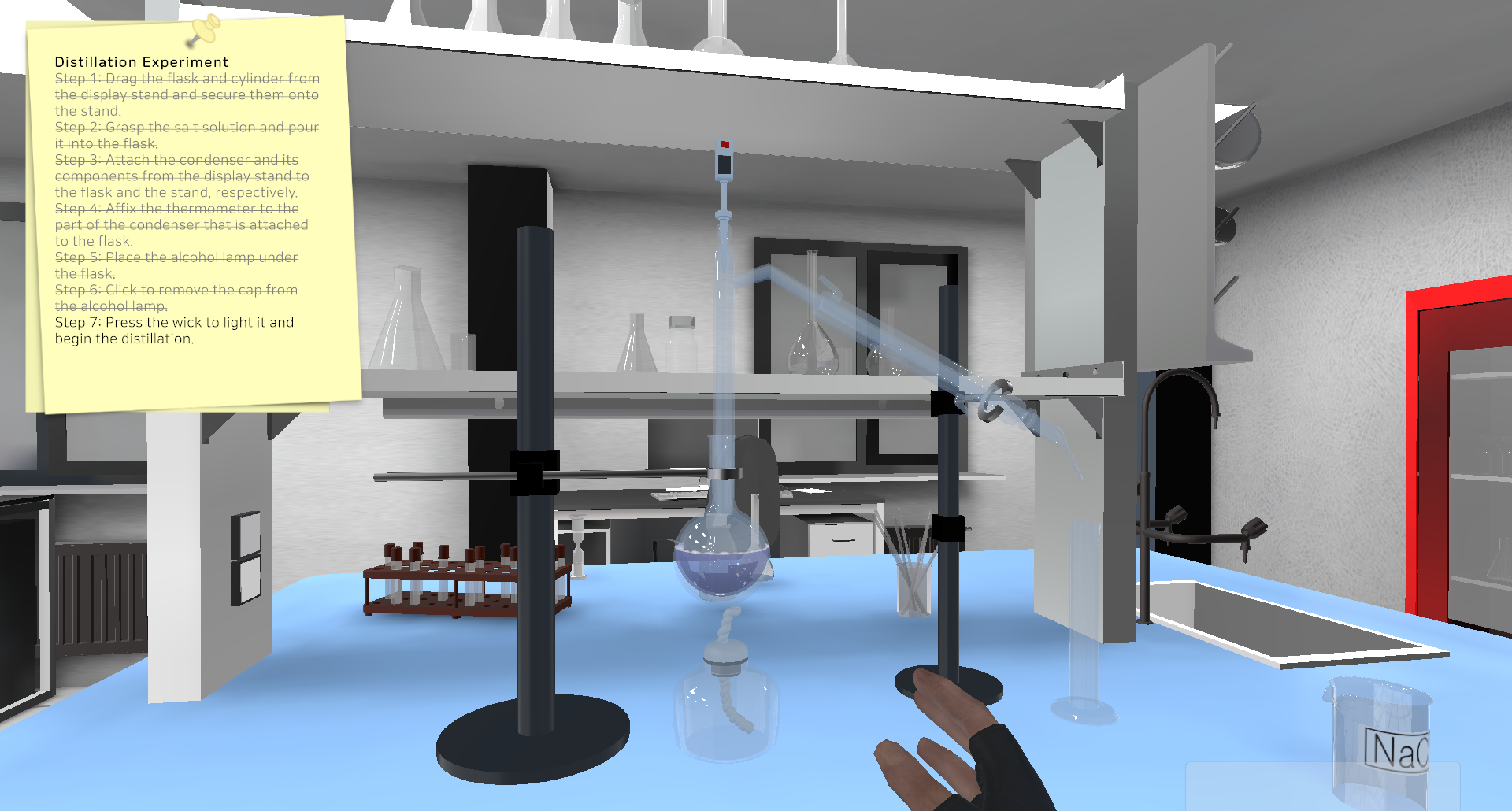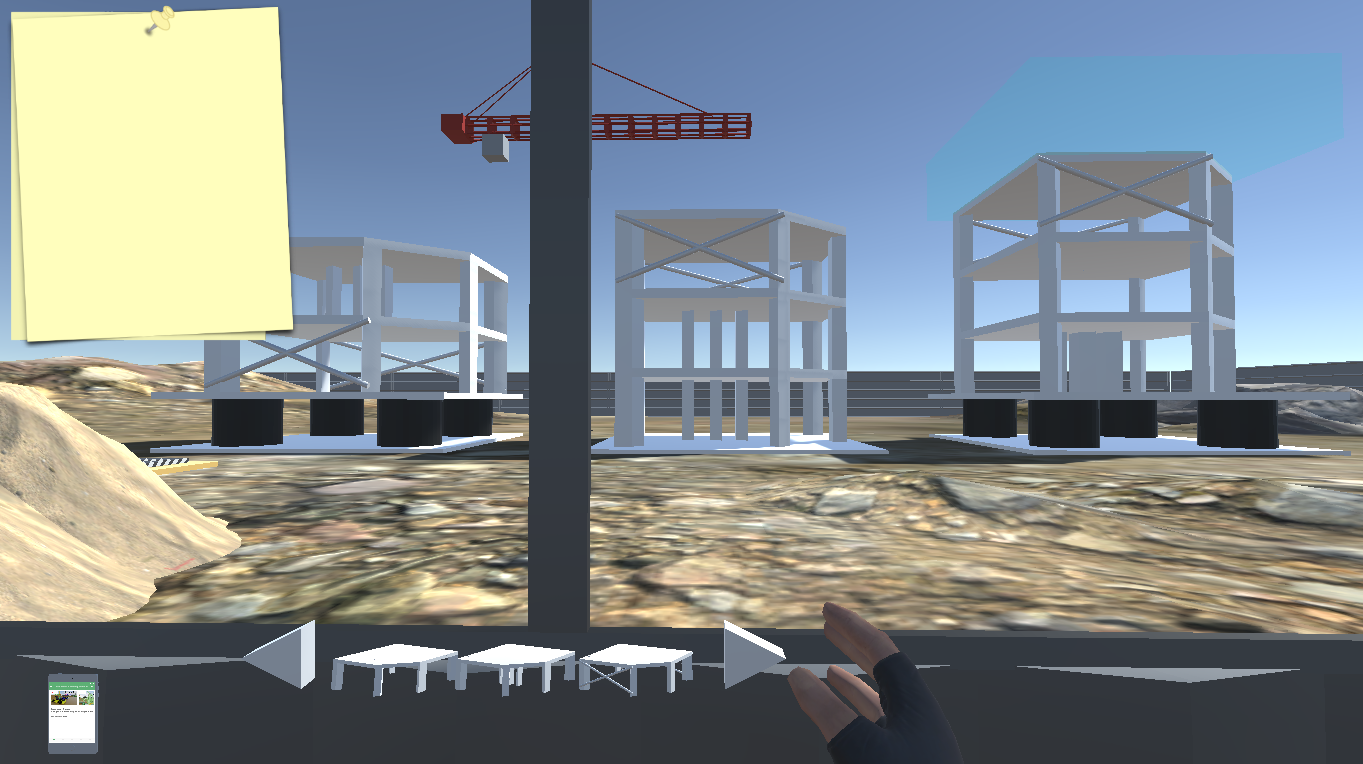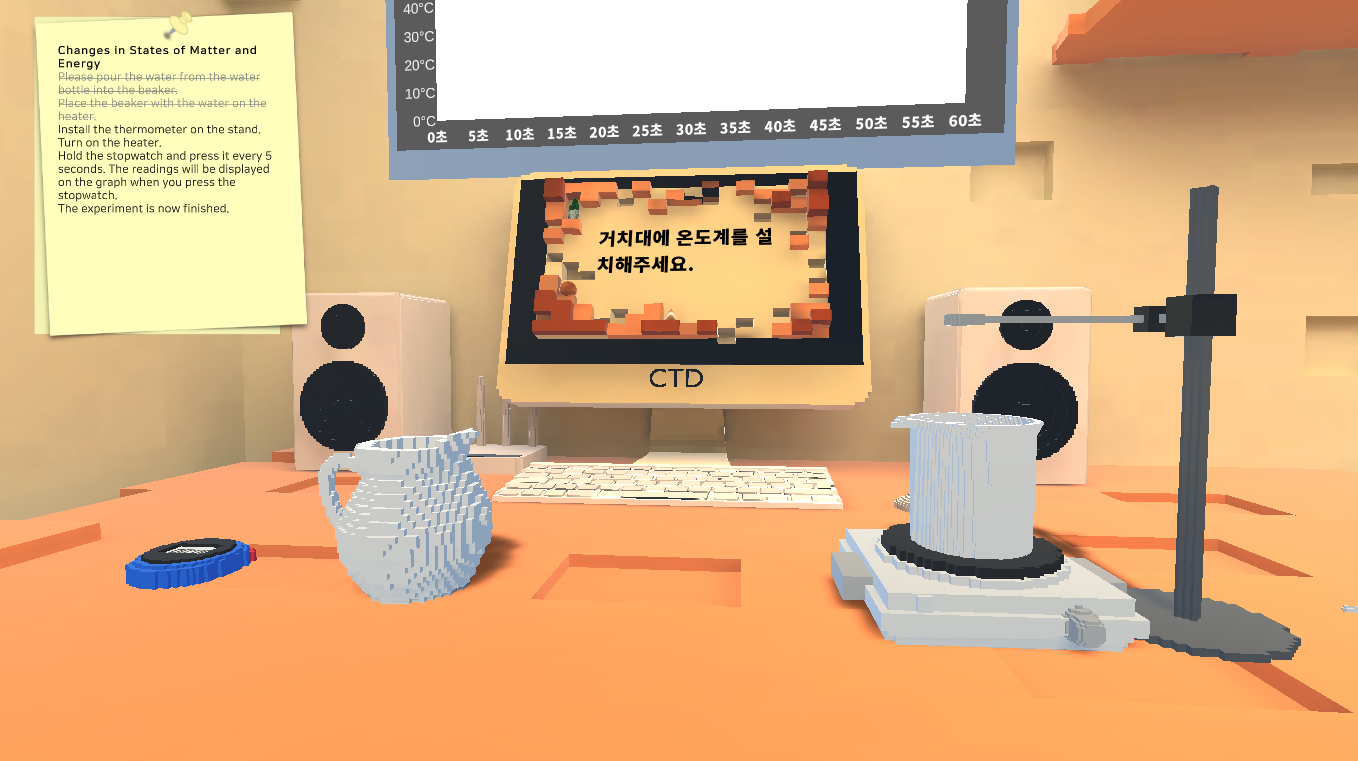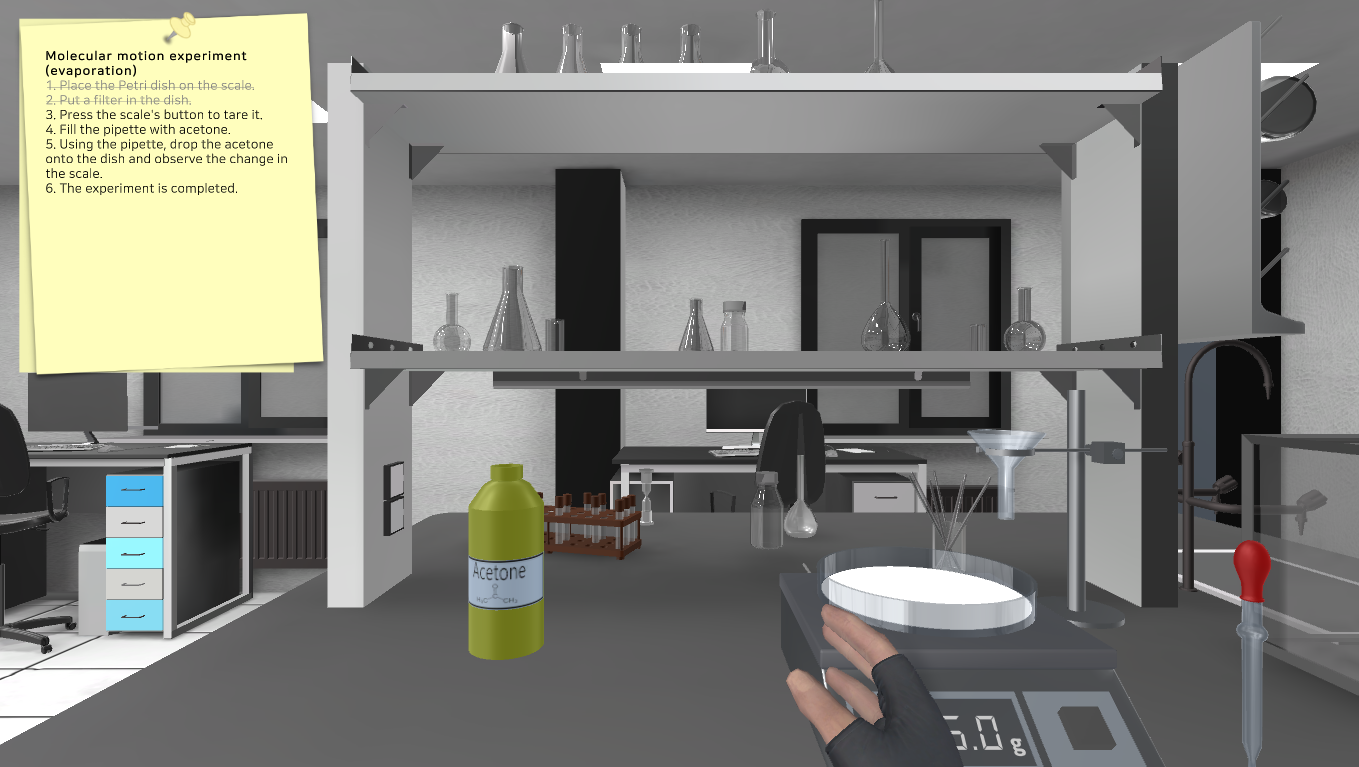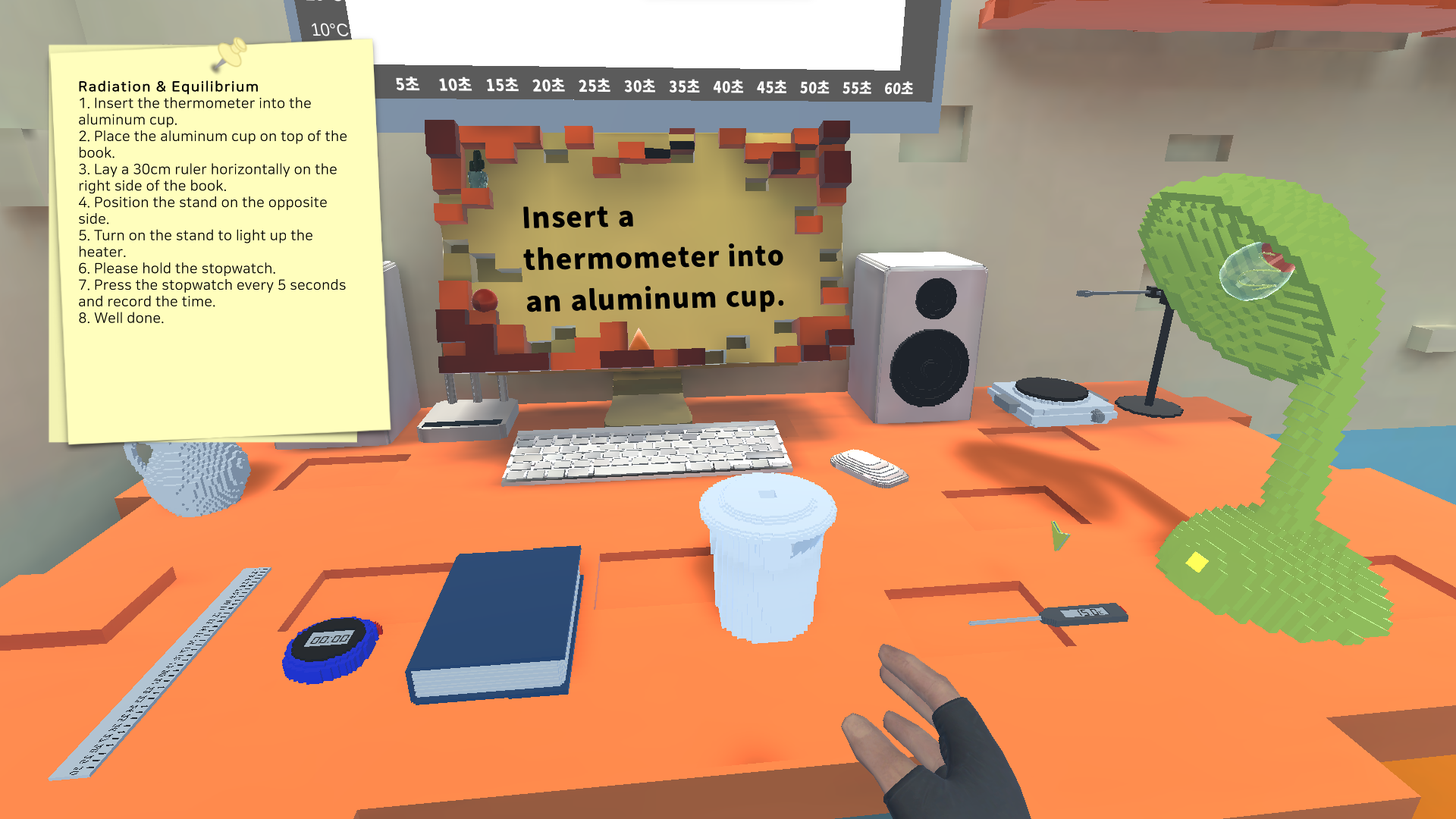In a distillation experiment, a liquid mixture is heated to create vapor, and then the vapor is condensed back into liquid form. This process separates components based on their differing boiling points, allowing for the isolation and purification of substances within the mixture.
Earthquake and Types of Buildings
Earthquakes are natural disasters caused by the sudden release of energy in the Earth’s crust, resulting in ground shaking. Different types of buildings, like earthquake-resistant structures, can withstand seismic forces better due to their design and materials, reducing the risk of collapse and damage during a quake.
물의 가열곡선
As the water heats, its temperature will gradually increase. Observe the thermometer and stopwatch. When the water reaches its boiling point (100°C at standard atmospheric pressure), it will start to boil vigorously, and steam will escape from the surface. Simultaneously, stop the stopwatch to record the time it took to reach the boiling point. This […]
아세톤 증발
In an evaporation experiment using acetone and filter paper, acetone is applied to the filter paper, and the solvent rapidly evaporates, leaving behind any dissolved substances. This process is commonly used in laboratories for quick separation and purification of compounds from a solution.
Radiation & Equilibrium
Radiation is the emission or transmission of energy in the form of electromagnetic waves, such as heat or light. Equilibrium of water involves a balance between the rates of water evaporation and condensation, which ensures that water vapor remains relatively constant in a closed system.

